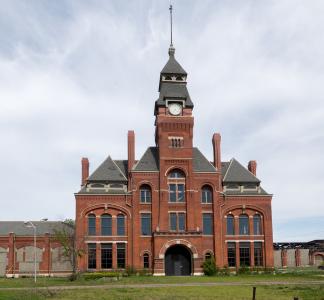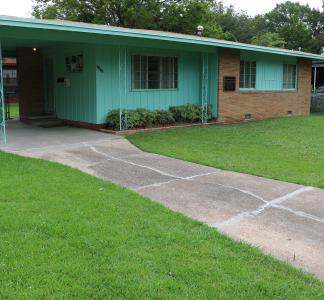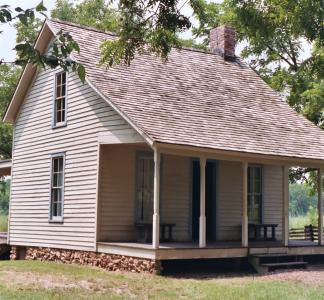13 parks and monuments that celebrate Black history
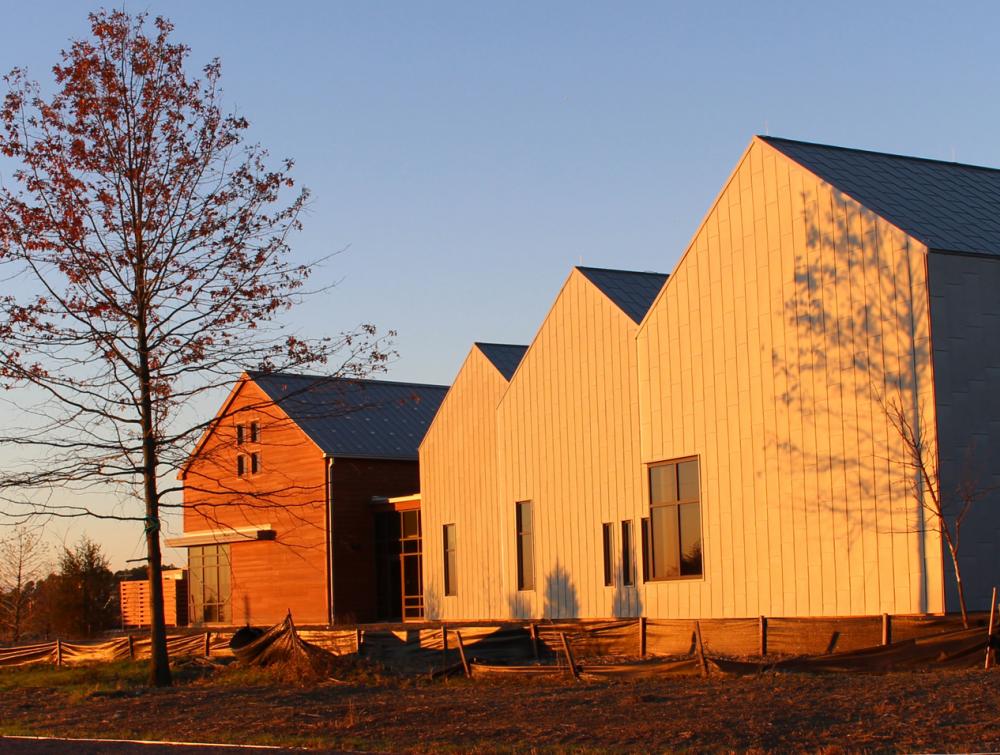
The visitor center at Harriet Tubman Underground Railroad National Historical Park, Maryland.
Beth Parnicza, NPS
Civil rights movement, Underground Railroad, other history honored on America's public lands
In recent years, great progress has been made in celebrating and commemorating Black history. For example, a growing number of states and public institutions have made Juneteenth, which marks the anniversary of the end of slavery in 1865, an official holiday. However, overall awareness of Black history and the lives of Black Americans remains poor; many narratives present a sanitized version of history, focus on white perspectives or otherwise obscure the experiences of Black people.
While much of the work to improve awareness of Black history must take place in classrooms, public spaces like parks and national monuments have an important role to play as well. Below you’ll find our list of just a few spots dedicated to Black history and culture—precursors, we hope, to a public lands system that more fully reflects the nation’s racial and ethnic diversity.
1. Martin Luther King Jr. National Historical Park (Georgia)
At least four national park units and memorials are associated with the life of civil rights leader Dr. Martin Luther King, Jr., but the one that explores King's early life and the forces that shaped him is the Martin Luther King Jr. National Historical Park in Georgia. The site preserves multiple places of interest that honor King's life and message. Among them are King's childhood home, the historic Ebenezer Baptist Church, where both King and his father were pastors; the "I Have a Dream" world Peace Rose Garden; and the final resting place of Dr. Martin Luther King Jr. and Coretta Scott King.
2. Harriet Tubman Underground Railroad National Historical Park (Maryland)
The Harriet Tubman Underground Railroad National Monument was designated by President Barack Obama in 2013 to celebrate the great abolitionist and woman known as “Moses of her People" (it's now called Harriet Tubman Underground Railroad National Monument and National Historical Park). As a famed conductor on the Underground Railroad, Harriet Tubman led nearly 70 enslaved people to their freedom. Tubman’s spirit resonates here in the land, water and sky. At the park, visitors will see lands that Tubman would have recognized and can learn about Underground Railroad history and Tubman's life.
Neighboring Tubman’s monument on Maryland's Eastern Shore is Blackwater National Wildlife Refuge. Now a bird sanctuary, this land was once worked by Harriet Tubman when she was enslaved. It was here that she learned vital outdoor skills while navigating Blackwater’s Stewart's Canal, which was dug for commercial transportation between 1810 and 1832 by enslaved and free people.
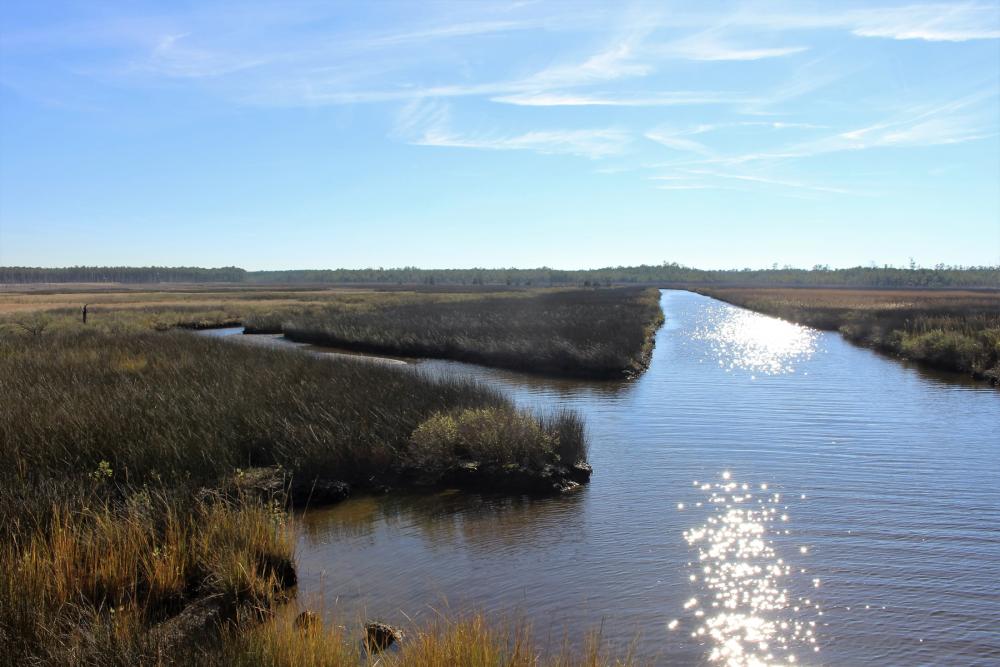
Marshland where Harriet Tubman likely worked while enslaved alongside her father, on the site of Harriet Tubman Underground Railroad National Historical Park, Maryland
Beth Parnicza, NPS
3. Mammoth Cave National Park (Kentucky)
The first guides at Mammoth Cave were enslaved Black people. Those and later generations of guides included figures like Stephen Bishop, Mat Bransford, Nick Bransford, Ed Bishop, Ed Hawkins, Will Garvin and Matt Bransford, who are now credited with playing a vital role in the development of cave exploration and public tours at the park in the 19th and early 20th centuries.
4. African American Civil War Memorial (Washington, D.C.)
The Civil War is commemorated with scores of monuments and historic battlefields, but the African American Civil War Memorial shines a light on a somewhat neglected chapter of that bloody conflict: The contributions of the regiments then called “United States Colored Troops,” who made up a significant chunk of Union forces by the end of the war. The memorial, a granite plaza highlighted by statuary and a wall of honored names, has been called one of the best Washington DC museums not on the National Mall, a fitting tribute to the nearly 210,000 African Americans who served.
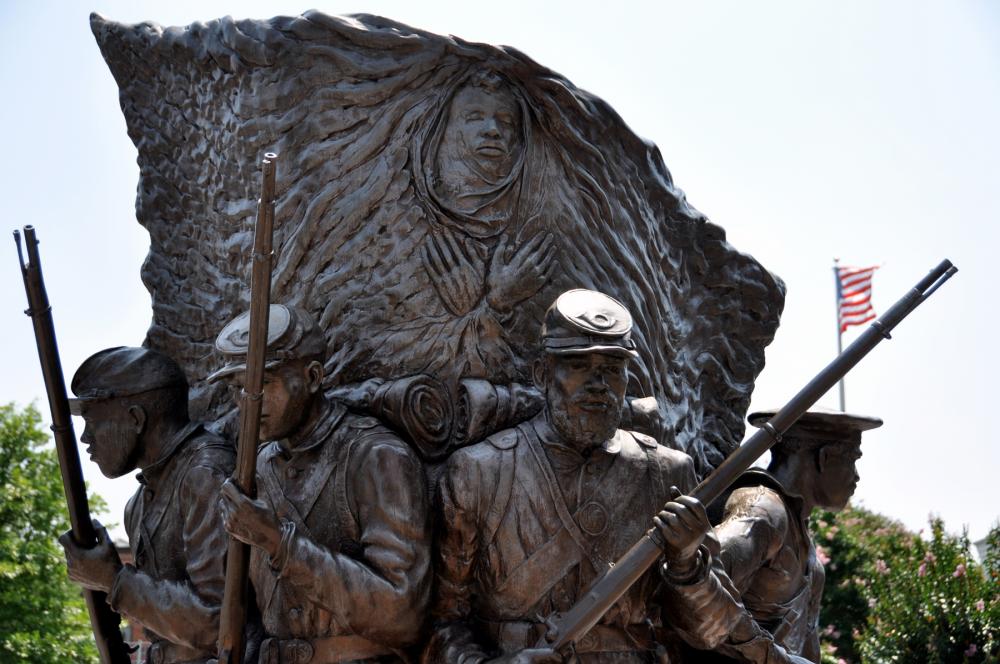
African American Civil War Memorial, Washington DC
Kevin Harber, Flickr
5. Birmingham Civil Rights National Monument (Alabama)
President Obama designated Birmingham Civil Rights National Monument including several sites with a deep connection to the civil rights struggle of the mid-20th century. A.G. Gaston Motel, named one of the U.S.' "most endangered" historic places in 2015, served as a refuge for people of color when Birmingham was otherwise deeply segregated, and also became planning headquarters for Dr. Rev. Martin Luther King Jr. and other civil rights leaders during the 1960s. Also included are the famed 16th Street Baptist Church, site of a 1963 church bombing that killed four young girls and proved a galvanizing moment for the civil rights movement; the adjacent Kelly Ingram Park, site of major civil rights demonstrations; and Bethel Baptist Church, headquarters of the Alabama Christian Movement for Human Rights and a target of racist violence.
6. Freedom Riders National Monument (Alabama)
This monument in the town of Anniston honors the namesake activists—including the late civil rights legend and congressman John Lewis—who braved violence in often-hostile southern communities to test whether states were obeying a 1960 Supreme Court decision that declared segregated bus terminals illegal. The monument was established by President Obama on the site of a mob attack on two buses full of Freedom Riders on Mother's Day 1961, a crime that helped to stoke national opposition to Jim Crow injustices.
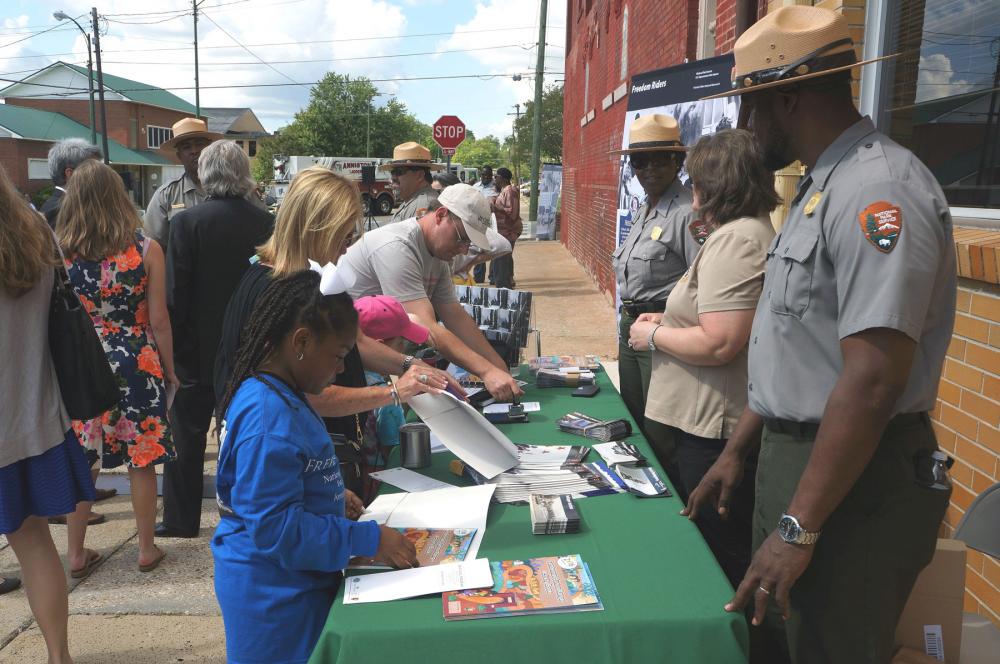
Visitors at the dedication event for Freedom Riders National Monument, Alabama
NPS
7. African Burial Ground National Monument (New York)
In 1991, what began as construction in lower Manhattan yielded one of the most important recent archaeological finds: a burial ground containing the remains of hundreds of free and enslaved Africans buried in the late 17th through 18th centuries, plus hundreds of artifacts. The African Burial Ground is considered the first large-scale physical vestige of Black life in the region. Today a wall of remembrance honors those who once used this place to maintain and celebrate their ancestral heritage.
8. Charles Young Buffalo Soldiers National Monument (Ohio)
The namesake of Charles Young Buffalo Soldiers National Monument was a pioneering figure: The third African American to graduate from West Point; the first African American to reach the rank of colonel and the highest ranking African-American officer at the beginning of World War I. The monument preserves his former home, which had previously served as part of the Underground Railroad, and also honors the famed Buffalo Soldiers, African-American regiments that fought in the Civil War and other conflicts in the late 19th century. His Ohio house, called Youngsholm, was once used as a stop on the Underground Railroad and hosted Paul Laurence Dunbar, W.E.B Du Bois and other African-American leaders.
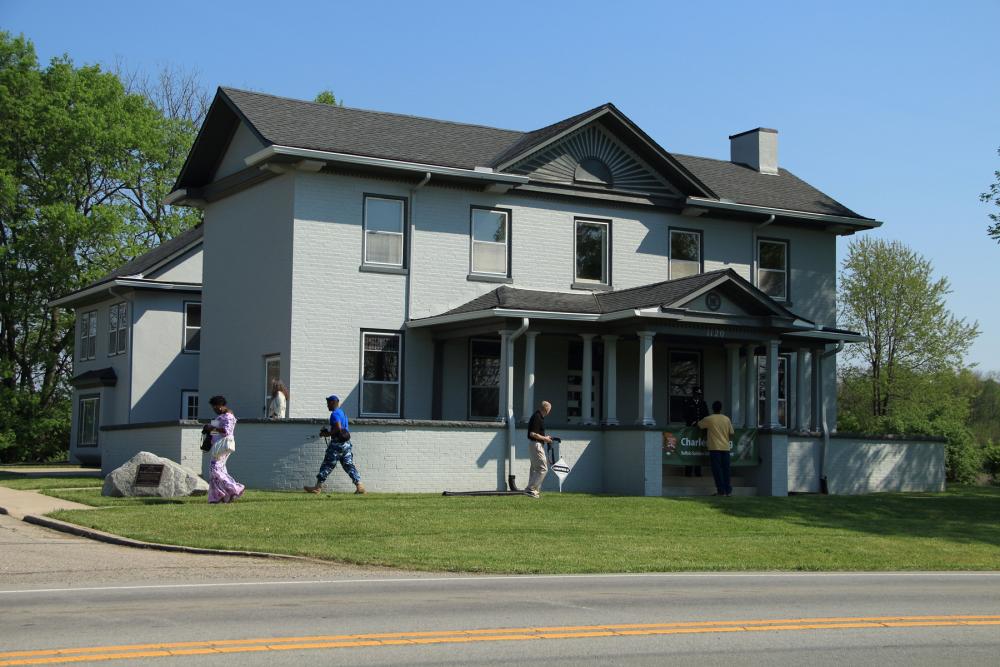
The former home of Charles Young, referred to as Youngsholm, on the grounds of Charles Young Buffalo Soldiers National Monument, Ohio
NPS
9. Reconstruction Era National Park (South Carolina)
At the very end of his presidential term, President Obama established the first national monument that recognizes the post-Civil War Reconstruction era, including the site of one of the first schools for formerly enslaved Black people and the Brick Baptist Church, which was built by enslaved people and eventually adopted as their place of worship when the land was otherwise abandoned.
10. Booker T. Washington National Monument, Virginia
This place marks Booker T. Washington’s birthplace, although the exact location remains unknown. Washington was the first principal of the historically Black college known as Tuskegee Institute—now Tuskegee University—and later became known as an important author and orator. Washington was the first African American ever invited to the White House, and though his legacy is complicated, he remains nearly synonymous with the idea of education as a foundation for success to this day.
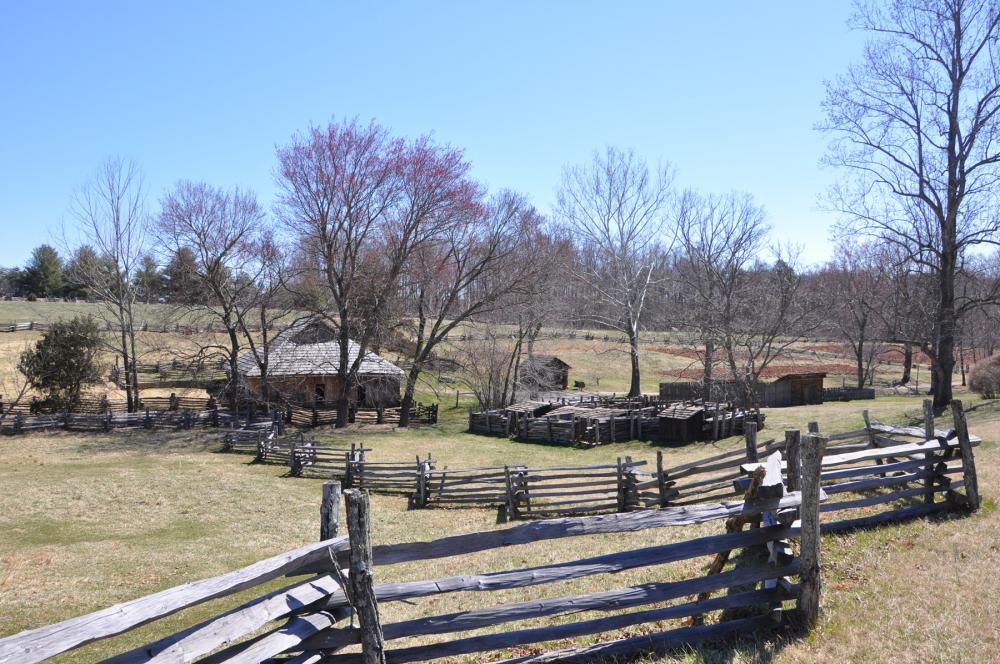
Melissa Johnson, NPS
Reconstructed farm on the grounds of Booker T. Washington National Monument, Virginia
11. Biscayne National Park, Florida
Preservation of this gorgeous marine park was made possible by the Jones family of Porgy Key, which once maintained a profitable lime-growing business on the land. The poetically named Sir Lancelot Garfield Jones, among the first African Americans born in Key Biscayne, resisted developers' attempts to buy the family's land for years before selling it to the National Park Service to be incorporated into the then-new Biscayne National Monument, established by President Lyndon Johnson, in 1968.
12. George Washington Carver National Monument, Missouri
In 1943, Congress dedicated George Washington Carver’s boyhood home near Diamond, Missouri as a national monument to celebrate his influence on agriculture in the early 19th century, seen in the now–common practice of rotating crops to allow nutrients in the soil to recover. This innovation stemmed from a conservation ethic that was ahead of its time. This monument was not only the first to be dedicated to an African American, but also the first dedicated to an American who never served as president.
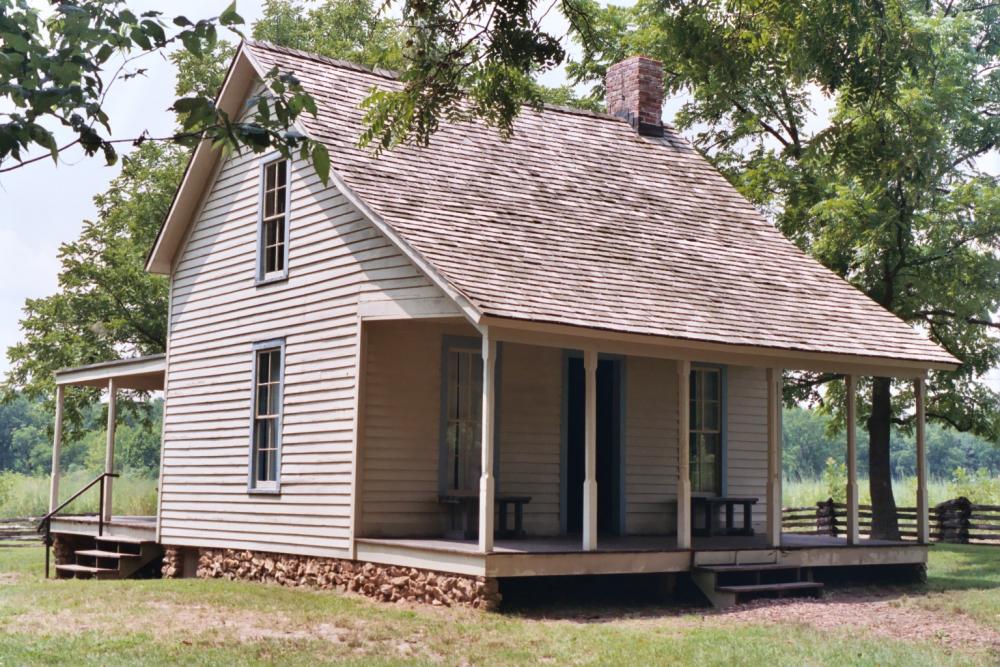
George Washington Carver National Monument, Moses Carver House.
JeromeG111, flickr.
New Pullman and Honouliuli monuments a reminder of the importance of bedrock conservation law
Jay Galvin, Flickr
Civil rights history, underserved communities championed in new lands bill
Alan Spears, NPCA
How George Washington Carver National Monument became the first to honor an African American
JeromeG111, flickr.
